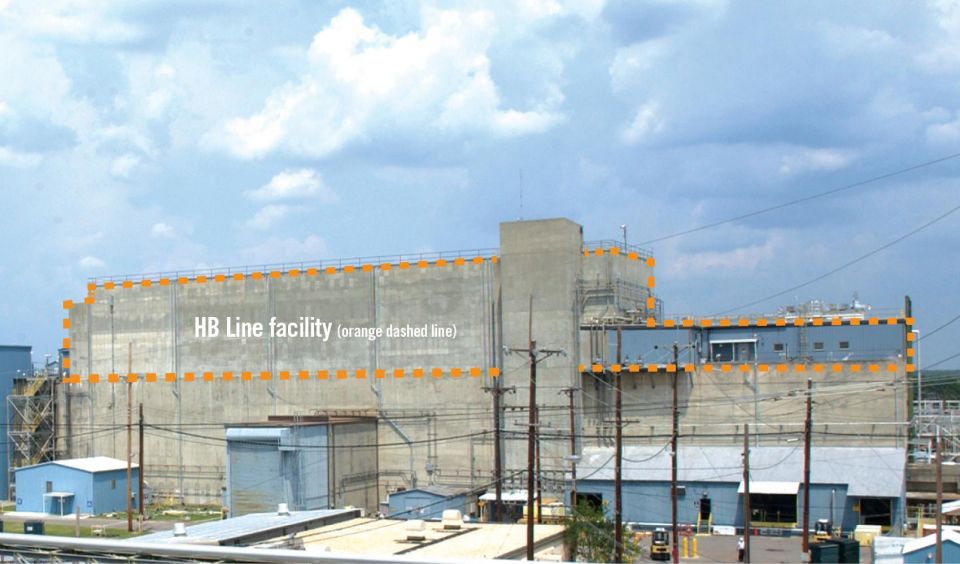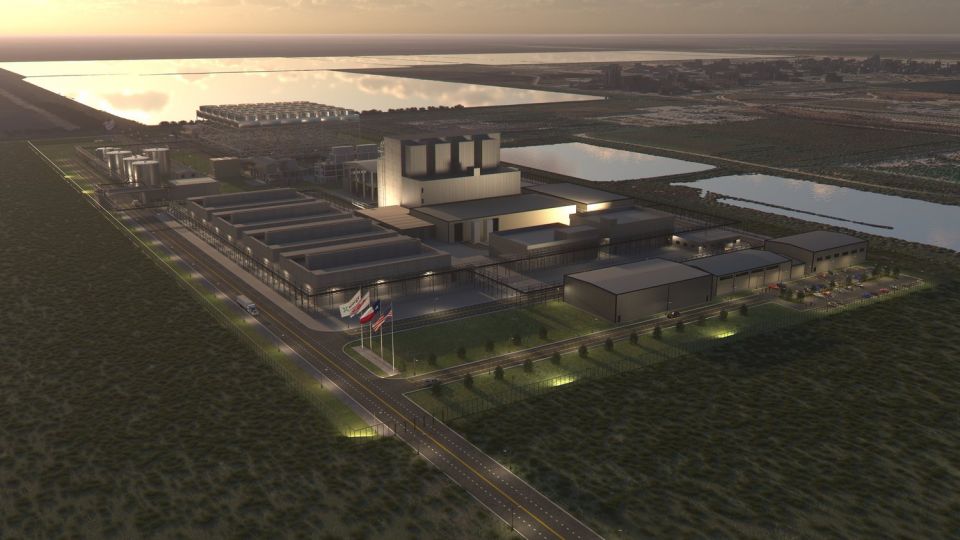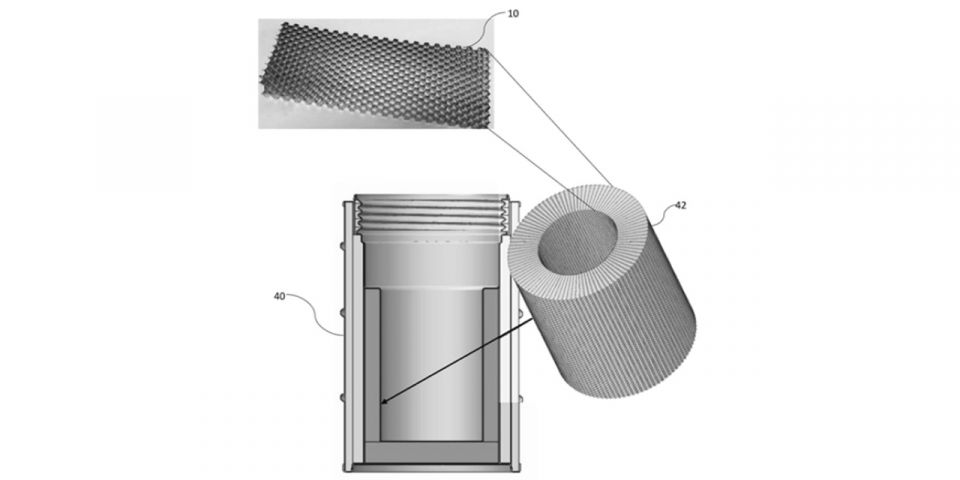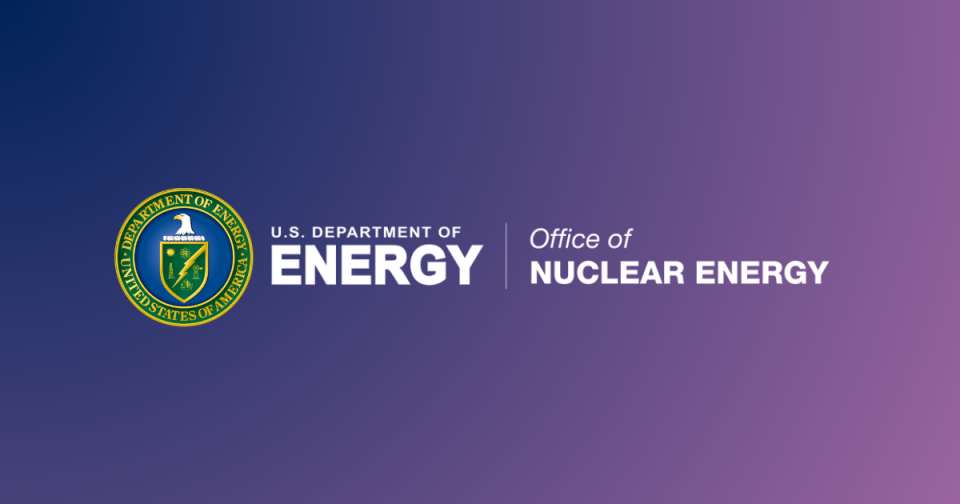What remains is allocated to a smorgasbord of energy-related programs, including the world’s fastest supercomputers, medical radioisotope production, planetary exploration, and of course a suite of programs to develop and commercialize U.S. advanced nuclear energy.
The current surge of private-sector interest in nuclear is a direct result of increased federal investment in DOE R&D programs—growth that has been backed by three successive presidential administrations and bankrolled by strong bipartisan majorities in Congress.
The U.S. is on track to have several first-of-a-kind advanced reactors operational in the 2030s. The DOE probably has enough existing appropriations and loan guarantee authority that it could complete the ARDP projects and support development of several advanced LWR designs. Will operating prototypes be enough to kickstart a full-on commercial build-out? Nobody knows for sure. Many in the industry think additional government support will be needed to reach nth-of-a-kind nuclear plant construction costs, while others believe rising electricity demand alone will take care of that in time.
Either way, as secretary of energy, you will need appropriations to engineer any kind of nuclear “win.” You will spend more time than you think preparing budgets, arguing with the Office of Management and Budget over what’s included, and then defending said budgets on Capitol Hill. Don’t let the bean counters steal from you! House and Senate appropriators have both proposed shifting funding from less popular loan programs into direct DOE appropriations for nuclear development in fiscal year 2025. It’s a good starting place for internal deliberations.
America was once the dominant supplier of civil nuclear energy technologies to the world, but we have allowed our supply chain to atrophy. Today, China is running circles around us in new builds. Russia has the best “zero money down” offer on a nuclear reactor in the world, and they’ll even take back your used nuclear fuel. Both nations have made civil nuclear exports a core pillar of their foreign policies. It’s time for the U.S. to do the same.
Restoring America’s commercial nuclear capabilities is a long, hard, expensive road. We must learn again what we once knew well. But it will be worth it, for jobs, economic growth, and national security. Yes, it will likely require more funding and investment from the federal government, but I guarantee you—on your last day as secretary of energy, you will not regret a minute you spent fighting for it.
We thank you for your commitment to service and wish you the very best in your endeavors.







